As a city planner in Cities Skylines 2, your goal is to construct and maintain a bustling metropolis with a thriving economy and happy residents.
You will need to strike a balance between expanding your city and monitoring its economy, starting with a single plot of land. As the urban center grows, so does the need for essential services. This implies that you must staff your workforce appropriately.
But what if you don’t even have a workforce to begin with because barely anyone is available to work in your city? Well, we have a solution to that.
How to fix lack of labor in Cities Skylines 2
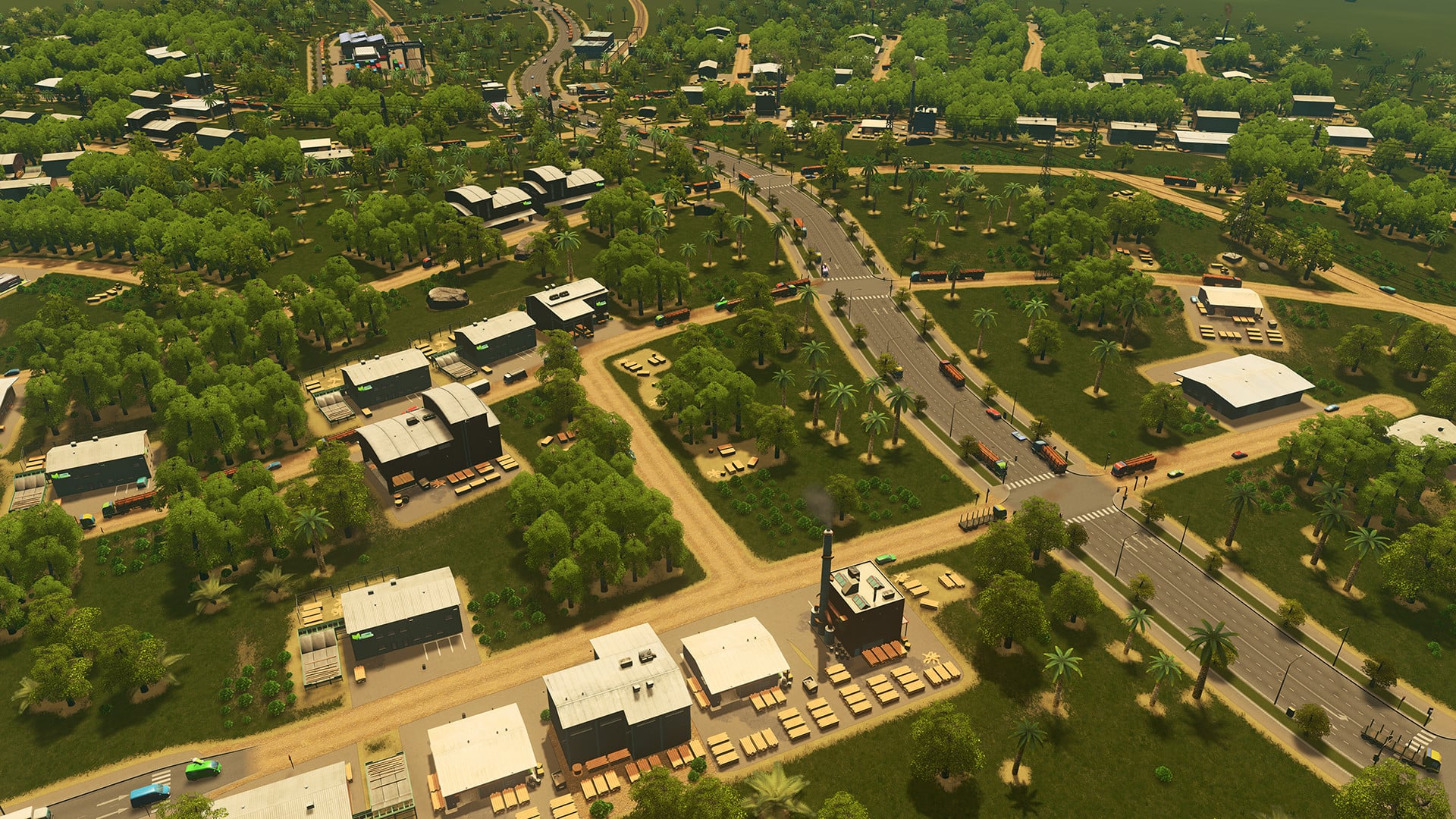
If you find yourself short of workers in Cities Skylines 2, your city may be in danger. This is not a new issue, as having a shortage of workers has been a problem plaguing Skylines players since the prequel. And even back then, a lot of the reasons why players would be facing a lack of workers were the same as they are in the sequel.
Sure, the game has undergone a lot of changes, but the core concepts behind this issue remain nearly the same. This means the solutions to fixing those problems are also quite similar. Let us discuss exactly how you can fix these crucial issues with your city and get more Cims to work in your city’s businesses and industries.
Increase the population of your city
To fully man your city’s workforce, you will need a sufficient number of Cims. You need to think of the different ways in which you can attract new residents, where it is critical to prioritize quality of life. To attract newcomers to your city, provide access to public services, ample housing, and appealing tax rates.
Building more parks along with other city services will make sure your city becomes a top candidate for new residents, which inadvertently brings in more workers into your city as well. Adding solid residential areas is also a top choice.
Make sure businesses are close to residential areas
No one looks forward to a long commute to work. To keep productivity and motivation on the upside, you’ll need to make sure Cims can get to work without trouble. Constructing connected road networks is a given, but you should also consider distance. Close proximity and easy access to work is a must.
All in all, a Cim’s commute should be convenient for them. You can achieve this by either providing enough transportation options for your Cims or by locating them closer to their workplaces. If commuting to the office is too much of a hassle for them, your Cims will not be willing to take those jobs.
How to fix “Not Enough Workers” even with high unemployment rate in Cities Skylines 2
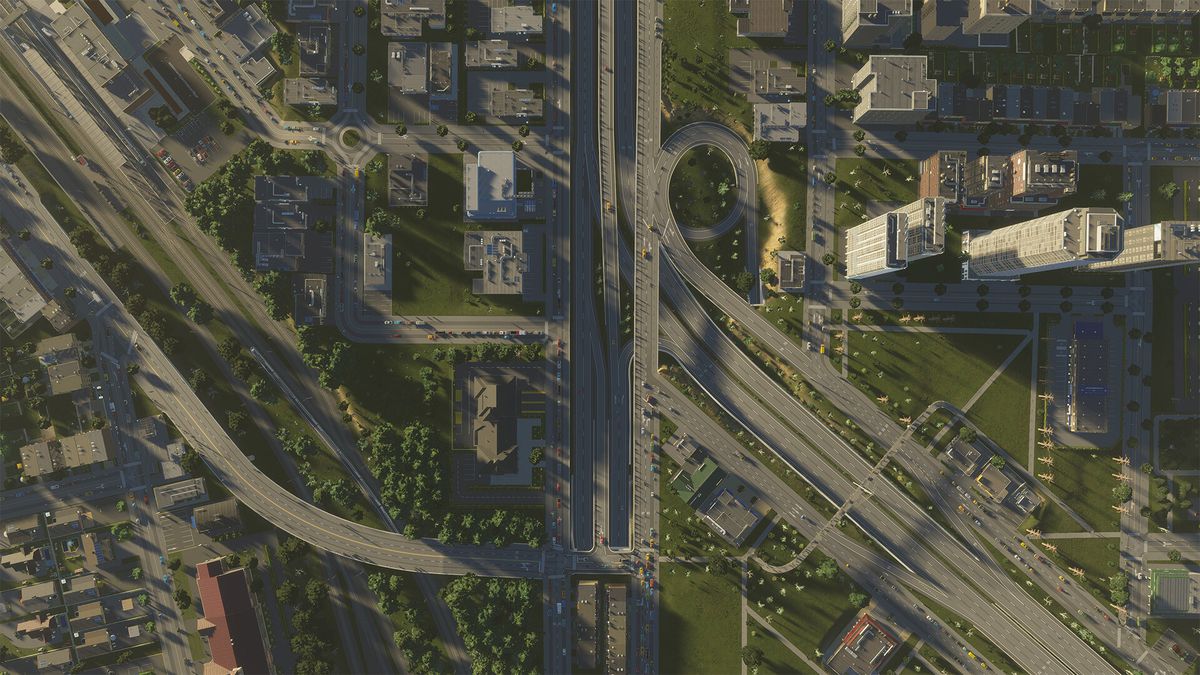
In some cases, the solution is straightforward. If the unemployment rate is two to three percent, then it is likely that new residential areas need to be zoned. New workers will be brought in and will happily fill the jobs.
However, at other times, this does not appear to be the case. Look at the unemployment rate on the Population overlay. If the UI tells you that 13 percent of the working-age population is unemployed, but there are jobs in the thousands that are available, there is clearly an issue. Many people who want to work are stuck at home, and you are the only one who can make a difference.
It is important to note that unemployment rarely falls below three percent in the game. This is because the game simulates real people, rather than an idealized version of them. As a result, some people will always be unemployed, even in a healthy economy.
This is probably because some people live too far away. If the job is at the other end of the city, the transport simulation is predicting they may run out of time and disappear before they arrive. There is also a general turnover that is unavoidable: the time between when someone retires from the workforce and when a new person fills that position. This is why two to three percent is typically too low. A good target range appears to be five to eight percent.
Below are some ways to get in more workers when your city has a high unemployment rate:
Don’t overeducate your Cims
Many industries rely on a large number of workers who do not have a formal education. In this case, having a well-educated population can prove to be an issue for your city. If most of your population has a university degree and you have just built a plant that requires tons of manual labor on the outskirts of town, you will have difficulty filling those positions.
University-educated workers are not opposed to taking jobs that require less education, but they will first try to find a job that is more suitable for their qualifications. In other words, they will wait a long time for a more suitable job to become available (such as when someone retires or a new office space is zoned). However, they will eventually take the lower-education job if they are unable to find a more suitable one.
Frequently, the problem is only short-lived. Although it is possible to use policies like Schools Out to encourage people to leave education early and go straight to work, it is not essential. Additionally, better-educated Cims generate less waste, hence universities are not a waste of resources.
Make sure your Cims aren’t undereducated either
After the previous point, this one may seem a little contradictory, but you do actually have to strike a good balance between the two. While you don’t want every Cim to be very highly educated, you do want some to possess the basic level of education required for the lower-end jobs available.
New office zoning often lacks educated workers. This problem is straightforward but there is no quick fix. Check the Education panel and ensure that there is enough capacity at each level of education.
You will also need to ensure that the whole city has physical access to those buildings. They do not need to be close by, but they should be easily accessible by public transportation. You will typically only have a few universities anyway.
After that, all that is left to do is monitor the steady increase in the number of graduates from each level. Check back regularly to ensure that it is progressing in the correct direction. As long as it is, those higher-education positions will naturally be filled.
Check the roads and public transport options
Although education is a major factor, it is also important to check the basics, such as the functionality of your transportation options.
One reason for a worker shortage is that people may have difficulty getting to work. If there are no good public transportation options and there are long traffic jams, workers may have trouble filling those positions because they cannot get there quickly enough before they begin to despawn.
Use the Traffic overlay to identify areas with heavy traffic, and then check the Routes overlay to make sure that all roads are connected and that there are no one-way streets that would force people to leave the city and come back to reach their destination.
This method is especially useful in large industrial areas that are often located outside of city limits. In general, you can deprive sections of industrial parks of city services by creating comprehensive one-way systems for cargo traffic, without considering how workers, police, and other emergency services will reach these areas if they are coming from the opposite direction.
Be patient and wait
If the roads are in good condition and there are adequate transportation options, then your educated workforce is likely looking for more relevant jobs first. If you look at your industries and see that the few workers who have taken jobs are listed as over-educated, then that is probably confirmation of the fact.
In this instance, all you need to do is wait. The better-educated Cims will eventually stop looking for other options and accept jobs that are below their level of education. The only real downside to this is the minor cost of educating them to a lower level than necessary. However, be aware that they will switch to a more suitable job if one becomes available.
It is also prudent to be wary of expansion. If you have a delicate balance of industrial and office jobs, and you suddenly add a lot of office jobs, the best-educated workers will leave the industrial jobs to take office jobs. This will leave you with a shortage of workers once again, bringing you back to square one.
To ensure a smooth transition as new jobs are filled, it is better to zone residential first and maintain an unemployment rate of at least ten percent at all times. Regardless, there is no negative consequence in the game for having high unemployment, which means there is no real downside to being cautious in this manner.


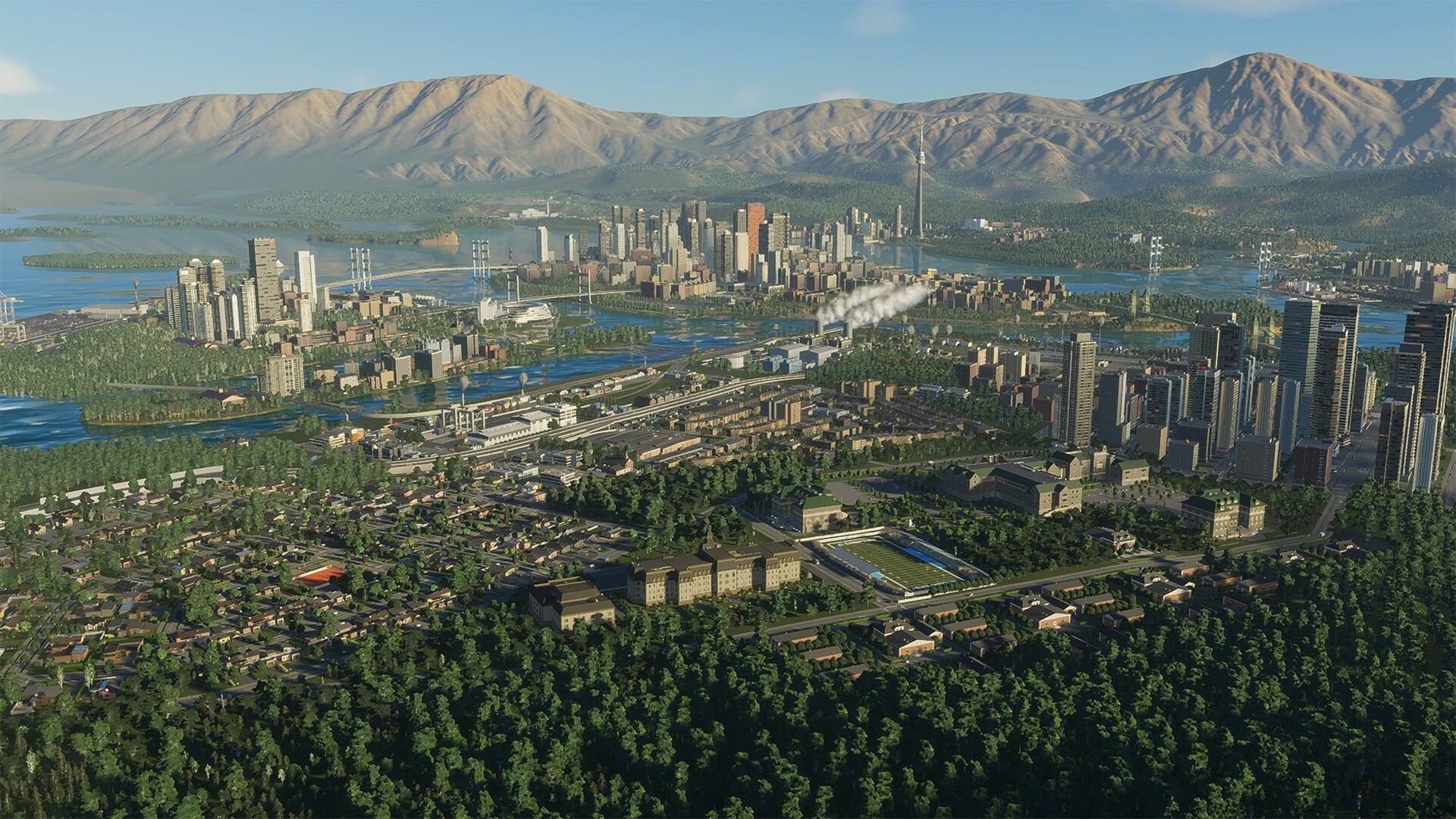

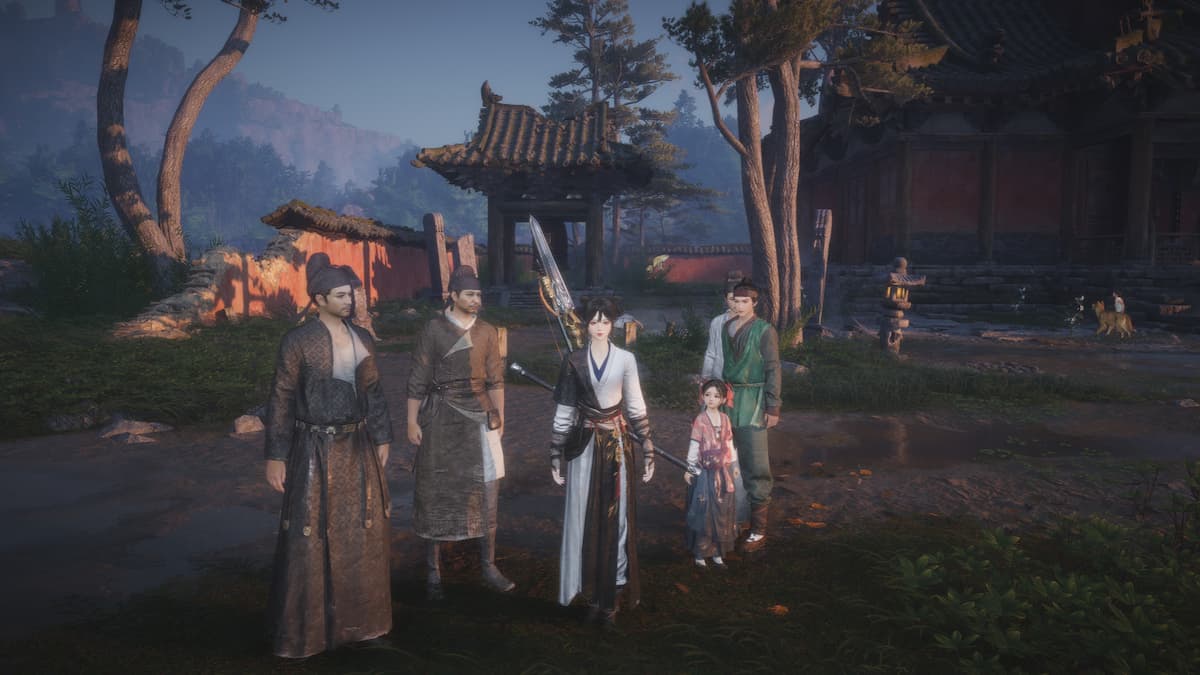

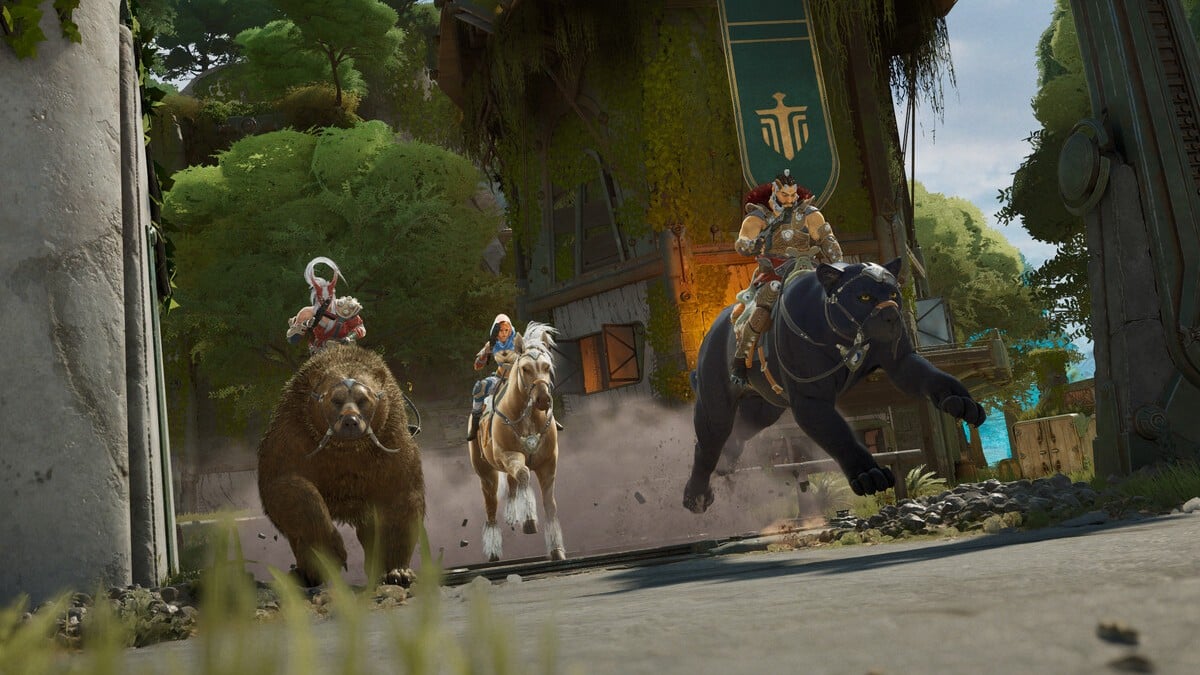



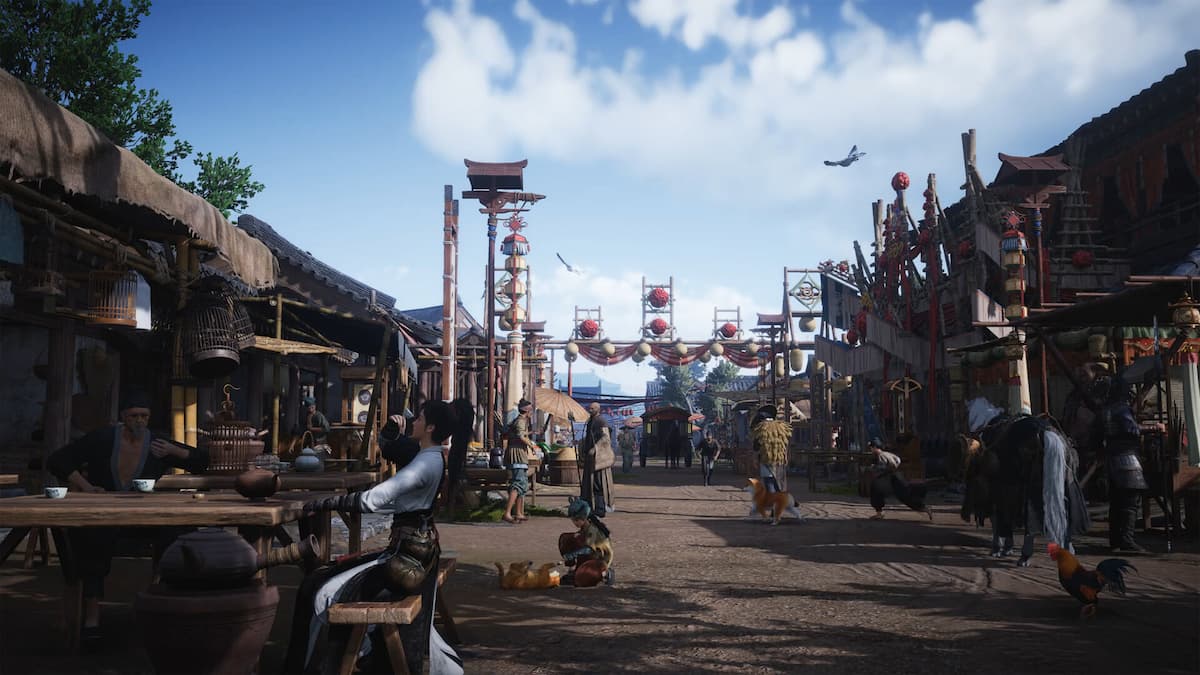

Published: Oct 30, 2023 07:08 am